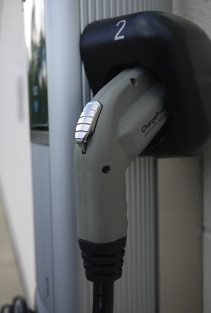It happened, it actually happened.
Three-dimensional printing has been talked about for well over a decade now. At first, you could only make parts with special resins, at slow speeds. Not too impressive. It was high-tech enough to make plastic parts, in custom and unusual shapes, but not exactly Earth-shattering and transformative. Most people’s first experience with a 3D-printed part was, in a word, trinkets. Thus, a bald eagle who lost a beak to an illegal gunshot could receive a prosthetic beak in nylon. The technology allowed bird specialists, in combination with 3D shape modeling, to produce a beak extension with an exact fit. Still, bird beaks aren’t exactly Iron Man 4.
Okay, how about Iron Man 0: Powder-Metal Prequel? Newer printers didn’t use polymer resins: parts were actually made by fusing grains of metal. The resulting part was still somewhat brittle, due to incomplete fusion and tiny pores. However, the printers and their parts are now good enough for… a gun. One enthusiast publicly reports using his home printer to make major parts for a working rifle. Using plans downloaded from the Internet.
Let that sink in, readers: Man Home-Prints Gun. Caveats apply, of course: First, the long-term durability (or even medium-term) is questionable. He reports firing one round just fine, which is expectable. But second and further shots are, by his own admission, risky. Also, several key parts were made with old, slow, expensive processes. So the near-term implications are slight.
The long-term implications, of course, are huge. Assuming 3D printing keeps getting better and cheaper (and why wouldn’t it?), firearms would then join marijuana and alcohol in the “unbannable” category. Any handy person can throw grain and yeast in a tank, thus, Prohibition was a losing game, and got repealed. On the other hand, if individuals can source their own products instead of purchasing from factories, numerous arguments from the gun lobby are then obsolete. In other words, the field is transformed by a new technology being introduced, and all players will scramble for new stances.
Oh, and then there’s Iron Man 2. The first (mostly) 3D-printed race car has finished races in Britain and Germany… and it’s an electric. The racer is capable of 88 mph, and 3D printing was used to form complex cooling ducts. By using even newer printer technologies, the porosity and brittleness are less and less of an issue. And additive manufacturing is more and more transformative.
Can YOUR job be replaced by someone programming a 3D printer? Do YOU need to learn 3D programming?




You must be logged in to post a comment.